Alonso eyeing victory and fast cars out of position – What To Watch For in the Saudi Arabian GP

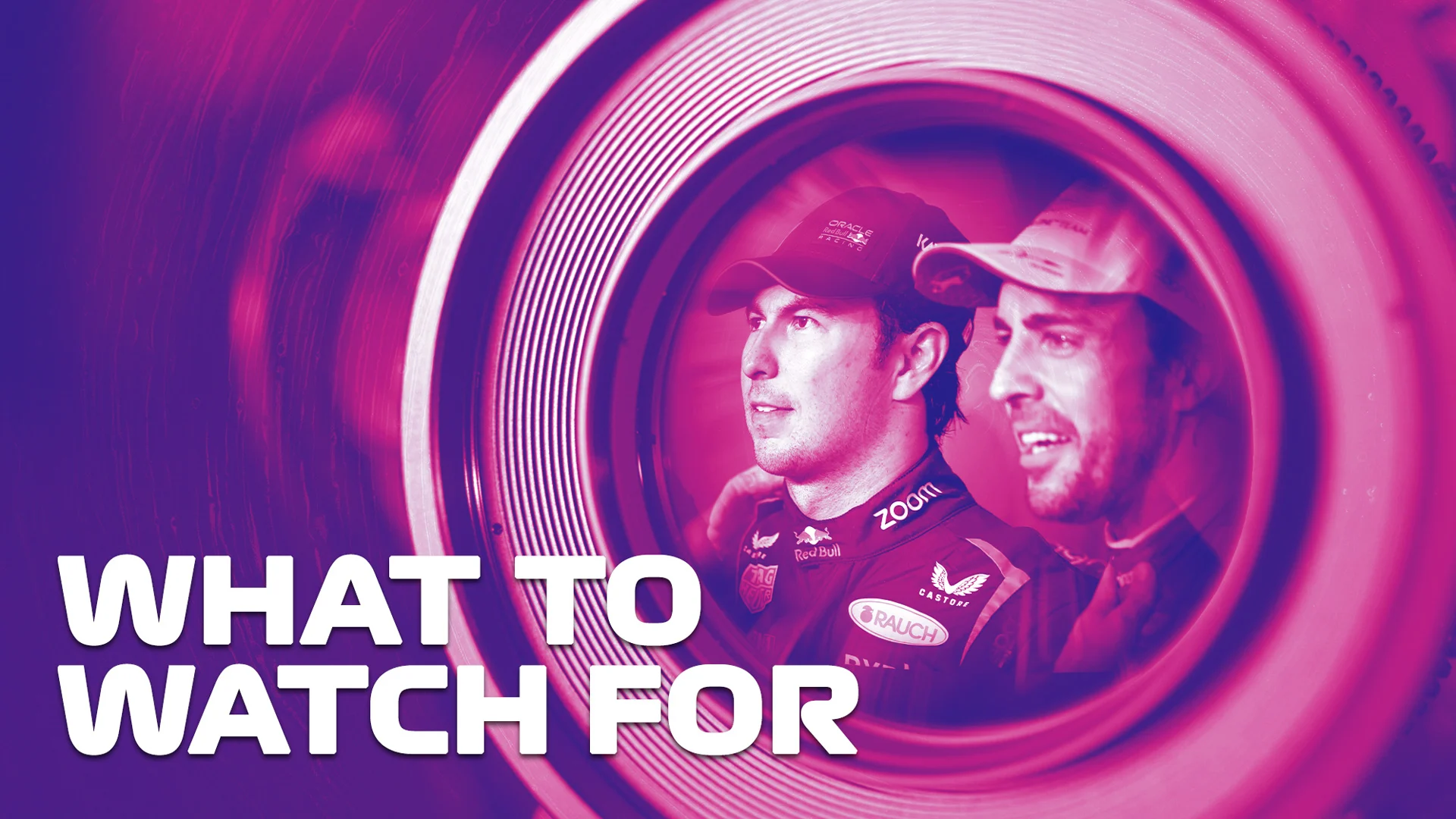
From some extremely quick cars starting out of position to Fernando Alonso chasing a first win in a decade, and from a five-team fight for the podium to a mixed-up midfield, we’ve picked out some key areas to keep an eye on when the lights go out at the Jeddah Corniche Circuit…
1. Verstappen and Leclerc out of position
Heading into qualifying, many observers had already assigned pole position to Max Verstappen, such was the pace advantage he had shown in FP3. He was quickest in all three practice sessions but it was earlier on Saturday when he had gone nearly a second clear of the first non-Red Bull car.
Next Up
Related Articles
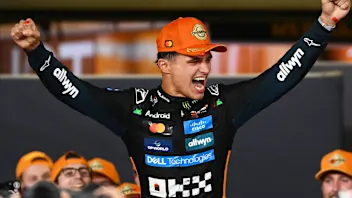 Our writers on the best drivers and stories from 2025
Our writers on the best drivers and stories from 2025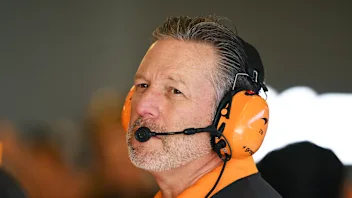 Brown insists McLaren ‘won’t change the way we race’
Brown insists McLaren ‘won’t change the way we race’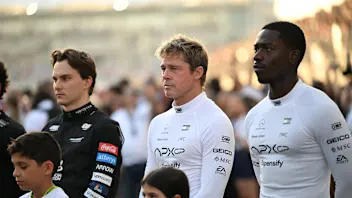 ExclusiveHow APXGP was brought to life by costume designer Julian Day
ExclusiveHow APXGP was brought to life by costume designer Julian Day WATCH: F1 Animated returns for a look back at 2025
WATCH: F1 Animated returns for a look back at 2025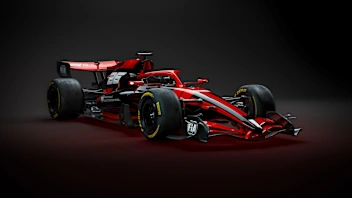 GALLERY: Check out renders of the innovative 2026 car
GALLERY: Check out renders of the innovative 2026 car.webp) Winners & Losers5 Winners and 5 Losers from the 2025 season
Winners & Losers5 Winners and 5 Losers from the 2025 season
